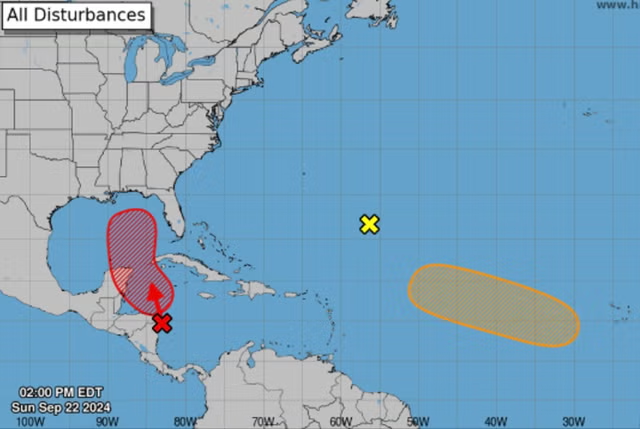Bronze Age arrowheads have helped cast new light on an early large-scale battle over 3,000 years ago.
Previous investigations in the Tollense Valley in northeastern Germany have uncovered evidence of a large and violent conflict that took place around 1250 B.C. Numerous human remains—representing more than 150 individuals—have been found, indicating that more than 2,000 people were involved.
As far as experts can tell, the scale of this conflict was virtually unprecedented for the time. The site is often referred to as "Europe's oldest known battlefield," given that no earlier evidence of a conflict of this scale has emerged to date.
But very little is known about the people who fought and died in the valley more than 3,000 years ago, and questions remain regarding the warriors' identities and places of origin.
In an attempt to answer these questions, a study published in the journal Antiquity compared bronze and flint arrowheads found in the valley with thousands of contemporary examples from across Europe.
"Bows and arrows were the most important weapon in the conflict. We wanted to better understand what type of arrowheads were used and where they originated from," study author Thomas Terberger with the Georg August University of Göttingen in Germany told Newsweek.
Several lines of evidence had already suggested that the Tollense Valley conflict may have been interregional in nature. But the precise region of origin of those who took part could not be verified.
"The arrowheads are a kind of 'smoking gun,'" study lead author Leif Inselmann, who conducted the research for his M.A. thesis at Göttingen University but is now with the Freie Universität Berlin, said in a press release. "Just like the murder weapon in a mystery, they give us a clue about the culprit, the fighters of the Tollense Valley battle and where they came from."
The analysis showed that both foreign and locally-made arrowheads were present in Tollense Valley.
"While the flint arrowheads are a typical northern form and some types of bronze arrowheads appear in the north as well, other types...do not appear in northern Germany at all," Inselmann told Newsweek. "This suggests that at least a part of the fighters in Tollense Valley probably derive from a distant region such as Bavaria or Moravia in southern Central Europe, where these types are distributed."
The findings further support the idea that the Tollense Valley was interregional in nature and help to specify the exact region of origin of the foreign fighters involved, according to the study.
Thus, the Tollense Valley battlefield provides the earliest evidence of interregional conflict in Europe.
"The finds from Tollense Valley testify to a large violent conflict around 3,250 years ago, and the site has completely changed our image of the Bronze Age in (Central) Europe. The Bronze Age was not as peaceful as believed before," Terberger said.
According to the authors, the conflict probably has to be considered in the context of the major transformation process taking place at that time: the transition to the so-called Urnfield Culture in the 13th century B.C.—which saw new burial rites and symbols emerge, as well as changes in the material culture.
"In sum, it was a major transformation of the religious, political and social way of life. The Tollense Valley site provides decisive new information for the understanding of this period, for which we have no written sources in Europe," Terberger said.
The existence of such large-scale warfare, as documented in Tollense Valley, also raises new questions about what type of social organization could be responsible for such an event.
"Do we have to deal with a coalition of several tribes, a raiding war retinue led by some kind of charismatic leader, or even the professional army of an early kingdom? Furthermore, Tollense Valley seems to fit in a period of increased violence and major changes in cultural development. The connection and implications of these aspects demand further consideration," Inselmann said.
Do you have a tip on a science story that should be covering? Do you have a question about archaeology? Let us know via science@newsweek.com.
Disclaimer: The copyright of this article belongs to the original author. Reposting this article is solely for the purpose of information dissemination and does not constitute any investment advice. If there is any infringement, please contact us immediately. We will make corrections or deletions as necessary. Thank you.



